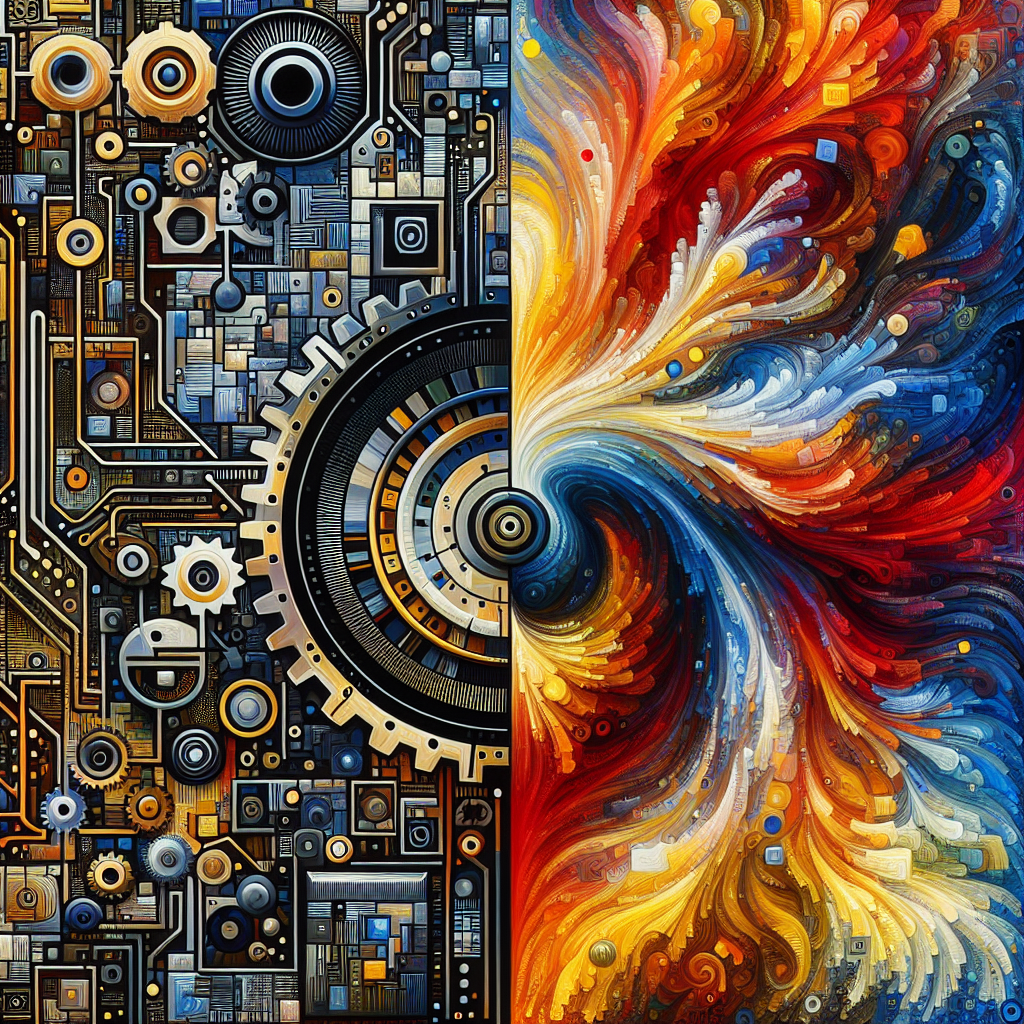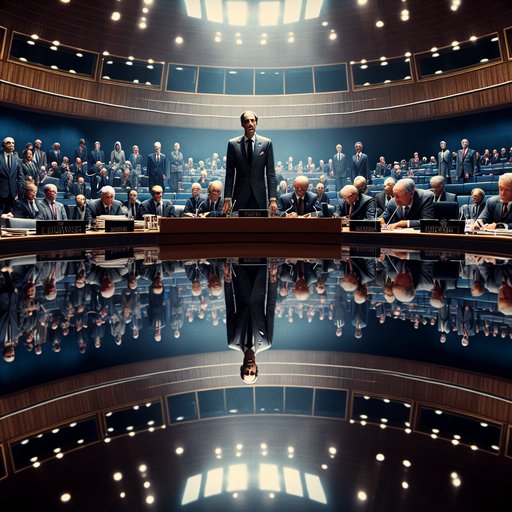- Details
- Written by: Anne Wienbloch

As generative AI continues to permeate our daily lives, its impact on the arts is both profound and contentious. Recent events illustrate how AI's encroachment into creative spaces raises questions of authenticity and emotive depth. When the developers of Jurassic World Evolution 3 decided to replace AI-generated scientist portraits due to public backlash, it was more than a concession—it was a watershed moment that reflected a growing unease with synthetic artistry [2][5]. This scenario prompts us to interrogate how robotic precision and creativity coexist and whether AI enhances or erodes the soul of artistic expression.
- Details
- Written by: Alex Dupcheck

The push for renewable energy is often heralded as the salvation of our planet, particularly by younger generations like Gen Z, who advocate for a sustainable future. However, the harsh reality that is often overlooked is the significant financial investment required to transition from fossil fuels to green energy. The recent article from Watts Up With That highlights this predicament, drawing attention to the economic barriers that can impede the path towards environmental reform. This reality necessitates a critical examination of how policy can balance ecological aspirations with financial practicability.
- Details
- Written by: Bob Fratenni

The Hague buzzed with tension as NATO leaders gathered in June 2025, the North Sea wind cutting through the city’s calm. Inside the summit hall, polished tables reflected the faces of 32 leaders, each wrestling with a world on edge. Russia’s war in Ukraine, now three years deep, loomed large, and President Donald Trump’s brash demands for a 5% GDP defense spending target dominated the agenda. Nobody expected what came next. Trump, flanked by aides, leaned into his microphone. “Europe’s gotta pay up. Five percent, folks. No more freeloading.” His words, blunt as ever, echoed through the room.
- Details
- Written by: Anne Wienbloch

The convergence of anonymity, digital platforms, and urban art has blurred the lines between public discourse and civic expression. As anonymous message boards pivot from vitriol to value, they parallel the transformative power of street art, serving as vital barometers for the health of our cities. This synergy, much like the murals that color our urban landscapes, reshapes public narratives and fosters inclusive dialogue—offering a hopeful vision for participatory aesthetics.


























































